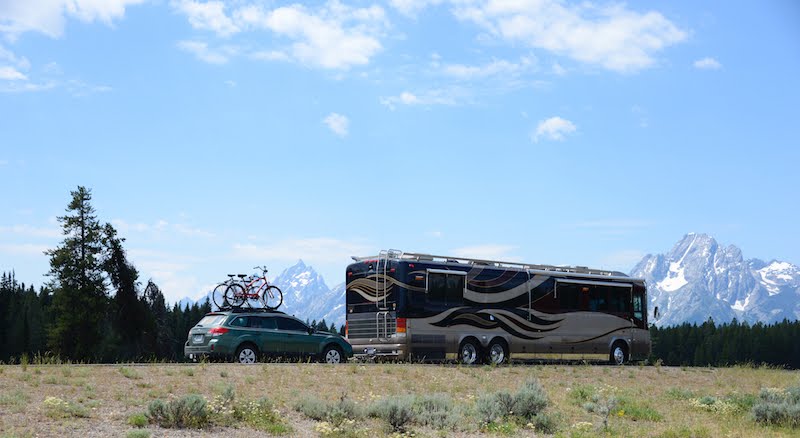We continued our travels through Oregon by returning to the coast near Florence. South of Florence, Oregon the coast becomes less developed with beautiful cliff views and long undeveloped beaches. We stayed at Jessie M. Honeyman state park for a few days (strange name but a beautiful park) while we explored the dunes, beaches, and attractions along the coastline.
We spent a few hours one morning at the Oregon Coast Aquarium waiting for the fog to lift along the coast. Our favorite exhibit was the seabird aviary where we saw puffins up close and personal. It’s not a large aquarium but it is well laid out and gives you a good idea about sea life along the Oregon coast.
The rest of our time was spent enjoying wide open beaches and visiting the lighthouses that are scattered along the Oregon coastline. From the tallest (Yaquina Head Lighthouse) to the oldest (Cape Blanco Lighthouse), each lighthouse is beautiful and unique.
From Honeyman park we traveled further south to Nesika Beach to explore the rest of the Oregon coast. We enjoyed the laid back atmosphere from Gold Beach to Brookings and took some 'down time' getting haircuts, shopping, and attending a pirate festival at Brookings harbor. After covering 99% of the Oregon coast we were ready to see the redwoods of northern California.
We had booked a week in Klamath, CA to give us time to see the nearby redwood forests and still only barely touched the surface of what there is to do in the area. The owner of RV park gave us maps of things not to miss and Park Service rangers kept us from getting lost. We hiked trails in both the State and National Redwoods parks and saw trees taller (320+ ft) and older (2000+ years) than anything we’ve ever seen before. This is one area we will visit again.
Here are links to a few of our favorite hikes: Fern Canyon, Lady Bird Johnson Memorial Grove, The Boy Scout Tree Trail, and the Tall Trees Trail and Grove.
We also managed to squeeze in a side trip back into Oregon to check out the Oregon Caves National Monument. This national park features a wonderful 1.5 hour “walk and crawl” through marble caves in the northern Siskiyou Mountains. A terrific experience unless you’re claustrophobic.
Here are links to photos from the last few weeks -
Oregon Coast
Redwood Forests of Northern California





















